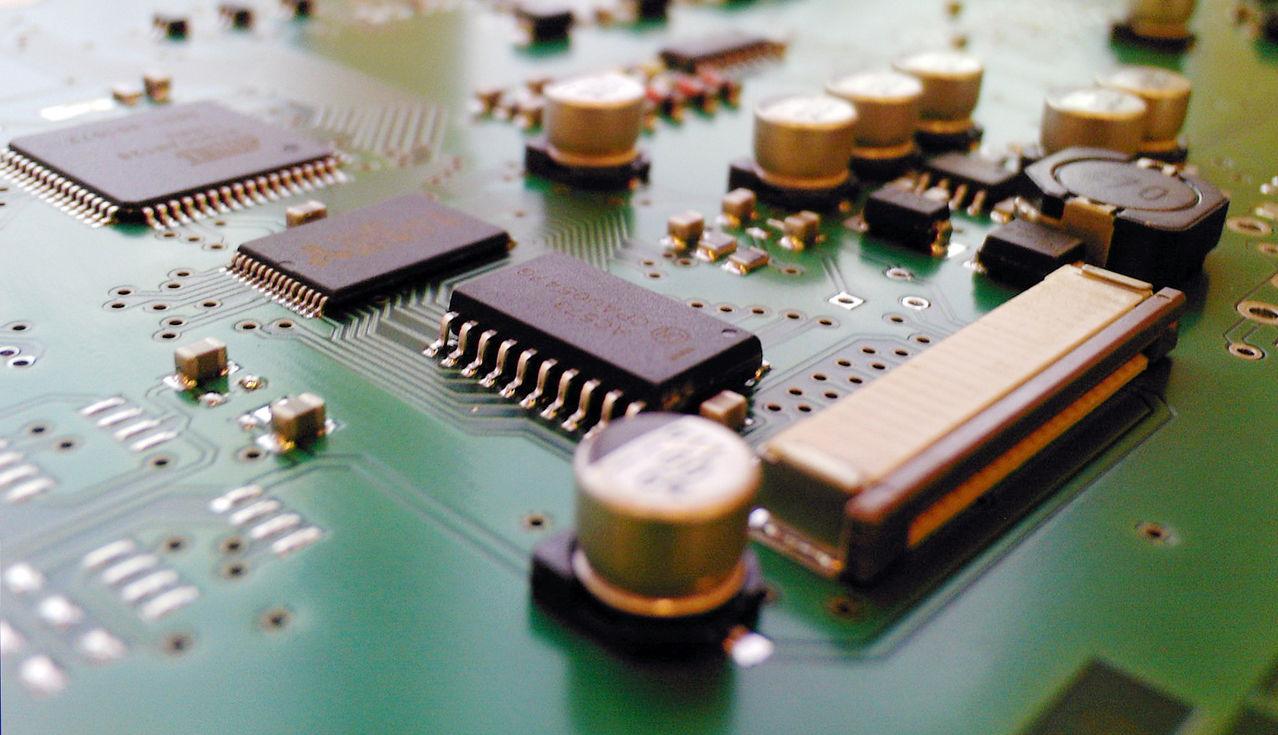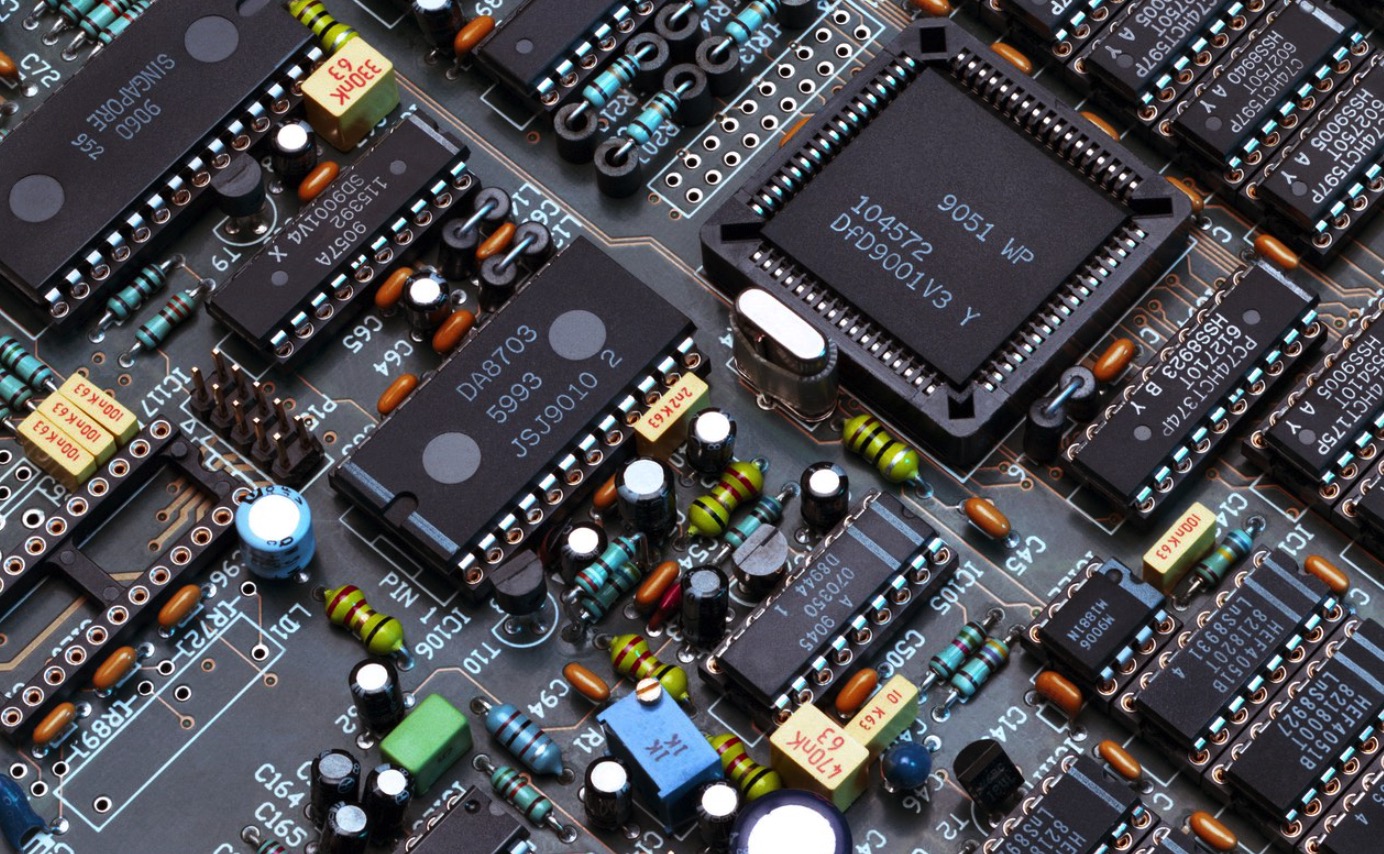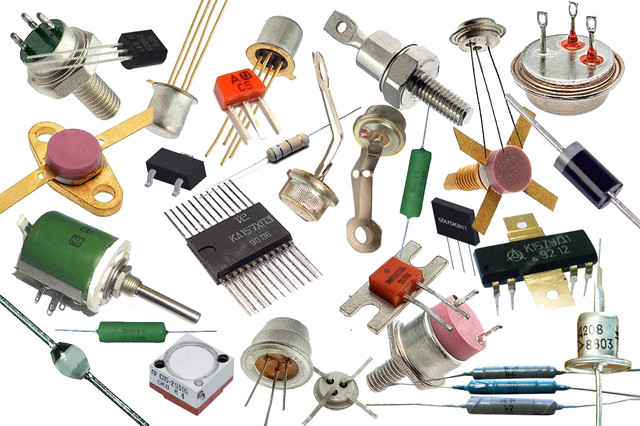Types of Electronic Components

An electronic component is one that lets you change the direction of an electric current. These components have two terminals, the anode and the cathode. The anode conducts positive voltage while the cathode carries negative current. However, if you reverse the voltage, the electric current will reverse and flow the opposite direction. The other type of electronic component is a transistor. Transistors have three terminals: the base, collector, and emitter. Voltage must be applied to the base terminal to control the flow of current in the emitter and collector.
Transistors
Transistors are an essential part of many electronic devices. They are often used in computer memory chips, solid-state storage devices, and microprocessors. They work by detecting a small electric current at one part of the transistor and then switching the smaller current through the other portion. Memory chips, for example, contain hundreds of millions or billions of transistors. Each transistor has two distinct states, indicating whether it is on or off.
The field-effect transistor was first proposed by Julius Edgar Lilienfeld in 1926. However, the device was not practical at that time. In 1947, John Bardeen and Walter Brattain, two researchers at Bell Labs, independently invented the point-contact transistor. Their work earned them the Nobel Prize in Physics in 1956.

Diodes
Diodes are useful electronic components that switch a current from one direction to another. When a negative charge is applied to one side of a diode, the electrons that are present will jump over the junction and flow to the opposite side. This is called a forward bias. However, the forward bias of a diode varies for each type of diode.
Diodes are made of different types of semiconductors, and they all function to control the flow of electric current. A standard diode can be used to switch between a battery and an external power supply. However, for some applications, you might need beefier diodes. These devices have higher maximum current ratings and a higher forward voltage, which is why they are typically used in power supplies.
Capacitors
Capacitors store electric charge. They can't hold as much energy as batteries but they can charge and discharge faster. A capacitor is useful for storing electric energy in a circuit. These devices are used in electric vehicles, home appliances, and much more. Capacitors are also important for charging devices.
Capacitors come in a variety of sizes. Their capacitance value is measured in farads (F). Farads are named after the English electrical pioneer Michael Faraday (1791-1867). One farad equals one coulomb per volt. Capacitors come in many sizes ranging from one pF (10-12 F) to a few thousand farads (one mF).

Resistor-capacitor arrays
Resistor-capacitor array (RCA) are electronic components that suppress Radio Frequency Interference (RFI) and electromagnetic interference. They are two-terminal devices that allow electric current to flow in one direction. They are also known as one-way streets in electrical circuits. These electronic components are made from insulating material such as glass, ceramic, or plastic film.
The components are commonly used in electronic circuits. The resistance of a resistor controls how much electricity flows through it. The resistance of a resistor is expressed in ohms. Capacitors, on the other hand, store electric charge. They come in different capacities and are color-coded to indicate their capacity.
Bipolar junction transistors
Bipolar junction transistors are transistors that conduct electrical current using both majority and minority carriers. They are the first type of transistor to be mass produced and are composed of two junction diodes - one p-type and one n-type. Bipolar junction transistors are used in a wide variety of electronic devices.
Bipolar junction transistors are a fundamental component of modern electronics. They were first used about 70 years ago to bring about the computing age and continue to be vital to its operation today. If you are interested in learning more about these devices and their applications, consider enrolling in a training program in electromechanical technology.

Integrated circuits
Integrated circuits are tiny electronic devices that consist of transistors, diodes, and resistors. These tiny components allow you to create very complex circuits with very little wire. Without them, your projects would require a great deal of wiring and power. Integrated circuits are the way to go if you want to build something smart.
The manufacturing process for an integrated circuit starts with a big, solid silicon crystal that is then sliced into tiny discs called wafers. These discs are then assembled to make a single silicon chip. Each chip contains thousands, millions, or even billions of small silicon apparatus. During the fabrication process, the silicon crystal is doped with ions to create either n or p-type silicon.
- Industry
- Art
- Causes
- Crafts
- Dance
- Drinks
- Film
- Fitness
- Food
- Spellen
- Gardening
- Health
- Home
- Literature
- Music
- Networking
- Other
- Party
- Religion
- Shopping
- Sports
- Theater
- Wellness
- News


